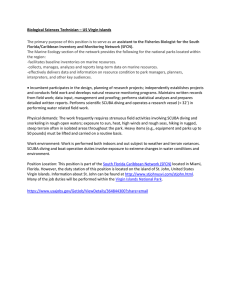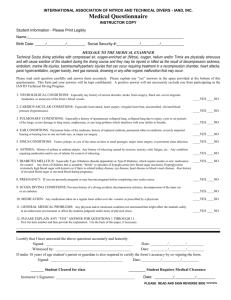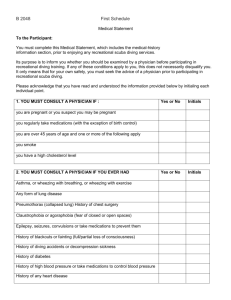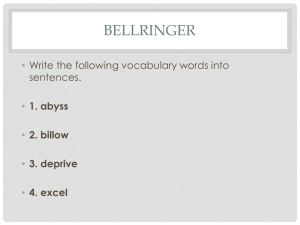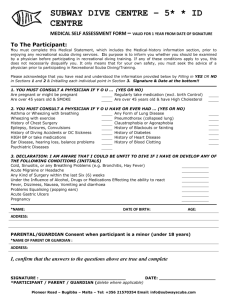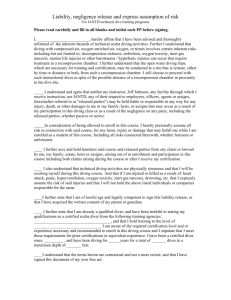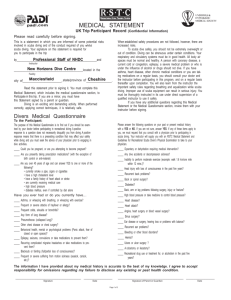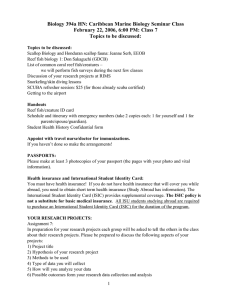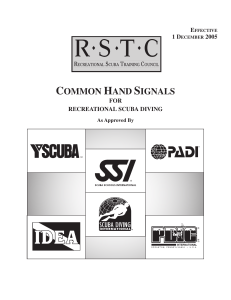websights - Physics - Buffalo State College
advertisement
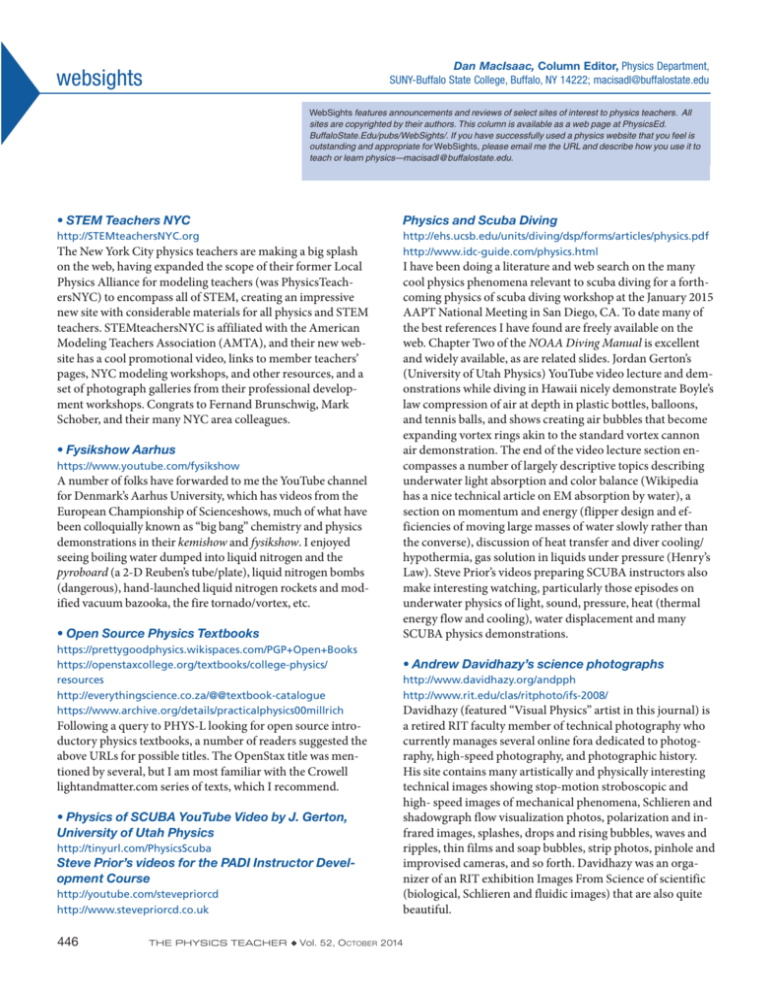
Dan MacIsaac, Column Editor, Physics Department, SUNY-Buffalo State College, Buffalo, NY 14222; macisadl@buffalostate.edu websights WebSights features announcements and reviews of select sites of interest to physics teachers. All sites are copyrighted by their authors. This column is available as a web page at PhysicsEd. BuffaloState.Edu/pubs/WebSights/. If you have successfully used a physics website that you feel is outstanding and appropriate for WebSights, please email me the URL and describe how you use it to teach or learn physics—macisadl@buffalostate.edu. t45&.5FBDIFST/:$ Physics and Scuba Diving http://STEMteachersNYC.org http://ehs.ucsb.edu/units/diving/dsp/forms/articles/physics.pdf http://www.idc-guide.com/physics.html The New York City physics teachers are making a big splash on the web, having expanded the scope of their former Local Physics Alliance for modeling teachers (was PhysicsTeachersNYC) to encompass all of STEM, creating an impressive new site with considerable materials for all physics and STEM teachers. STEMteachersNYC is affiliated with the American Modeling Teachers Association (AMTA), and their new website has a cool promotional video, links to member teachers’ pages, NYC modeling workshops, and other resources, and a set of photograph galleries from their professional development workshops. Congrats to Fernand Brunschwig, Mark Schober, and their many NYC area colleagues. t'ZTJLTIPX"BSIVT https://www.youtube.com/fysikshow A number of folks have forwarded to me the YouTube channel for Denmark’s Aarhus University, which has videos from the European Championship of Scienceshows, much of what have been colloquially known as “big bang” chemistry and physics demonstrations in their kemishow and fysikshow. I enjoyed seeing boiling water dumped into liquid nitrogen and the pyroboard (a 2-D Reuben’s tube/plate), liquid nitrogen bombs (dangerous), hand-launched liquid nitrogen rockets and modified vacuum bazooka, the fire tornado/vortex, etc. t0QFO4PVSDF1IZTJDT5FYUCPPLT https://prettygoodphysics.wikispaces.com/PGP+Open+Books https://openstaxcollege.org/textbooks/college-physics/ resources http://everythingscience.co.za/@@textbook-catalogue https://www.archive.org/details/practicalphysics00millrich Following a query to PHYS-L looking for open source introductory physics textbooks, a number of readers suggested the above URLs for possible titles. The OpenStax title was mentioned by several, but I am most familiar with the Crowell lightandmatter.com series of texts, which I recommend. t1IZTJDTPG4$6#":PV5VCF7JEFPCZ+(FSUPO 6OJWFSTJUZPG6UBI1IZTJDT http://tinyurl.com/PhysicsScuba 4UFWF1SJPSTWJEFPTGPSUIF1"%**OTUSVDUPS%FWFMPQNFOU$PVSTF http://youtube.com/stevepriorcd http://www.stevepriorcd.co.uk 446 I have been doing a literature and web search on the many cool physics phenomena relevant to scuba diving for a forthcoming physics of scuba diving workshop at the January 2015 AAPT National Meeting in San Diego, CA. To date many of the best references I have found are freely available on the web. Chapter Two of the NOAA Diving Manual is excellent and widely available, as are related slides. Jordan Gerton’s (University of Utah Physics) YouTube video lecture and demonstrations while diving in Hawaii nicely demonstrate Boyle’s law compression of air at depth in plastic bottles, balloons, and tennis balls, and shows creating air bubbles that become expanding vortex rings akin to the standard vortex cannon air demonstration. The end of the video lecture section encompasses a number of largely descriptive topics describing underwater light absorption and color balance (Wikipedia has a nice technical article on EM absorption by water), a section on momentum and energy (flipper design and efficiencies of moving large masses of water slowly rather than the converse), discussion of heat transfer and diver cooling/ hypothermia, gas solution in liquids under pressure (Henry’s Law). Steve Prior’s videos preparing SCUBA instructors also make interesting watching, particularly those episodes on underwater physics of light, sound, pressure, heat (thermal energy flow and cooling), water displacement and many SCUBA physics demonstrations. t"OESFX%BWJEIB[ZTTDJFODFQIPUPHSBQIT http://www.davidhazy.org/andpph http://www.rit.edu/clas/ritphoto/ifs-2008/ Davidhazy (featured “Visual Physics” artist in this journal) is a retired RIT faculty member of technical photography who currently manages several online fora dedicated to photography, high-speed photography, and photographic history. His site contains many artistically and physically interesting technical images showing stop-motion stroboscopic and high- speed images of mechanical phenomena, Schlieren and shadowgraph flow visualization photos, polarization and infrared images, splashes, drops and rising bubbles, waves and ripples, thin films and soap bubbles, strip photos, pinhole and improvised cameras, and so forth. Davidhazy was an organizer of an RIT exhibition Images From Science of scientific (biological, Schlieren and fluidic images) that are also quite beautiful. THE PHYSICS TEACHER ◆ Vol. 52, O CTOBER 2014

